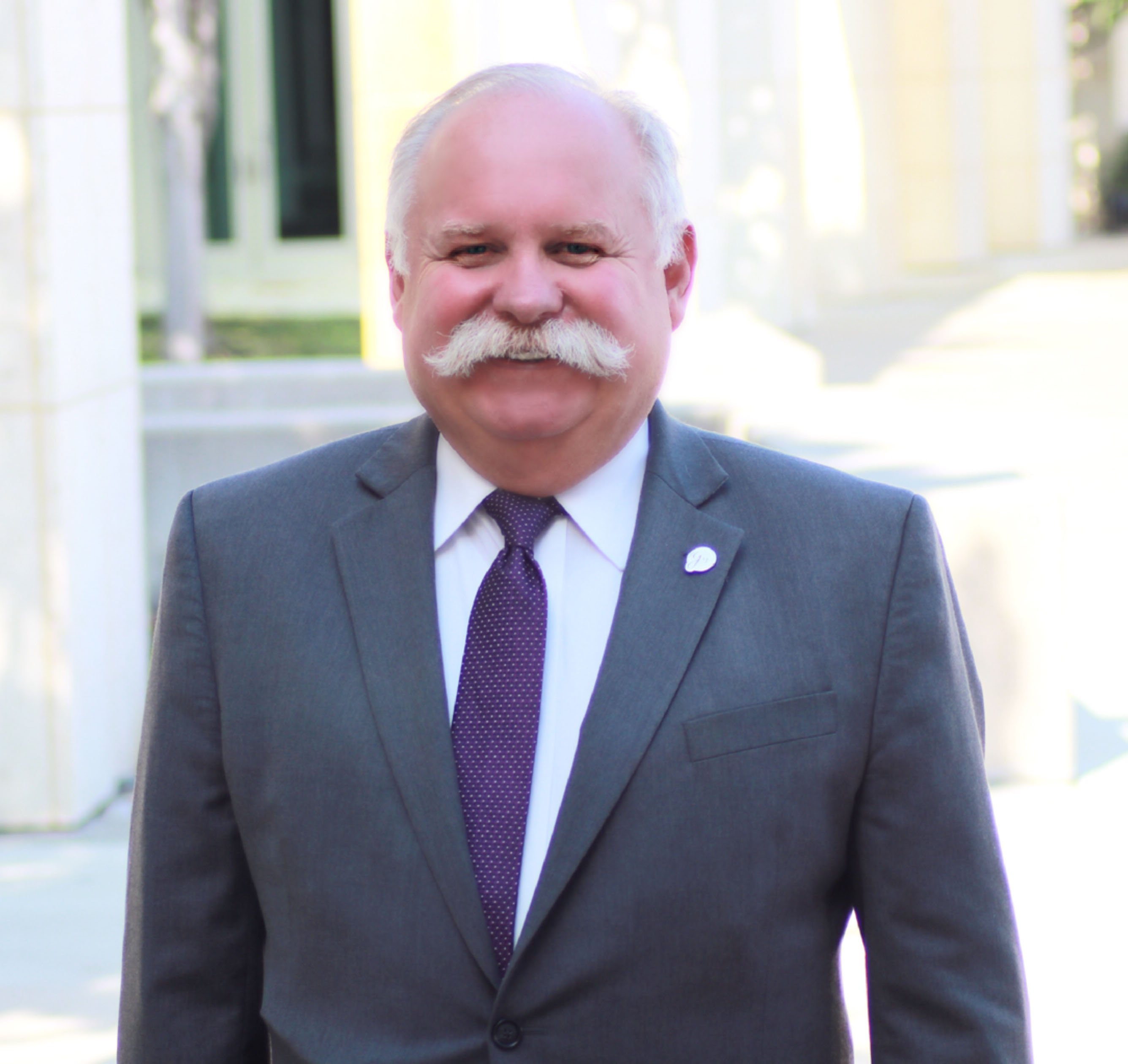Increasingly reserve funding has become more and more important in validating the community association operations and their management. All on-site managed communities whether they are Luxury Condominiums, Large-Scale On-site Managed Communities or Active Adult communities should have reserve funds with suitable reserve studies backing the funding levels. On-site managers are trained to be aware of reserve needs for the associations they manage.The managers typically will have the most up to date information regarding the reserve needs and will keep their board aware of the necessary funding requirement.
Many state legislatures have recognized the need for reserve funds and are requiring associations to contribute and maintain reserves as well as conducting periodic reserve studies. While it is not a requirement in all states, it is growing with each legislative year.
The Community Association Institute (CAI) accumulates statistics on an annual basis regarding the management of associations. As illustrated by the chart below there has been a steady increase in contributions to the reserve funds for community associations.

In 2012, the contributions were estimated at $20 Billion with the contributions increased to $23 Billion in 2015. It has become progressively more important for community associations to have a fully-funded reserve in place. Especially since many of the community associations are aging. A recent survey of select Large-Scale On-site Managers noted that 51.3 % of their communities were over 30 years old. This means assets have aged beyond their useful life.
The replacement costs for capital items can run in the millions, and if there is not enough in reserves the costs to the owners can be staggering including significant special assessments, large loans and other methods of making up for a reserve fund shortfall.
Reserve Budgeting
It is budget time for many associations, and the on-site manager is working on creating a budget model that should contain the proper amount of reserve funding. Reserve Funding is a vital component of the budget and the on-site manager typically works with a professional prepare to create and submit to the board. The reserve budget should be implemented and followed as closely as possible.
Reserve Study
A Reserve Study that establishes the reserve funding thresholds for all of the assets of the association is an important document for the long-term planning of the association. Typically, a Reserve Study will look at 30 years of operations of the association and project the useful life of an asset and then predict when the asset will need to be replaced. This allows the reserve fund to accumulate funds for each year of use. A good well thought out reserve study is crucial for planning the appropriate level of funding for the reserve funds. There are national and local professional reserve preparers that do an excellent job of assisting the association in compiling quality reserve studies. Their expertise in calculating replacements costs based on their year of replacement is invaluable.
Association Members Reserve Contribution
It is important that the members of the association understand the need for the reserve study. In fact, it is in their best interests that they understand what it is for and why they should be willing to contribute their fair share.
I talked with an association member recently who did not know why they should contribute so much to the reserve funds of the association. The answer was simple. Most reserve studies take a 30-year look at all of the components and their useful life replacement which enables us to calculate a replacement cost per member based on an annual basis.
The simple example I used was there was a roof replacement that that will cost $300,000 in 30 years for a condominium that had 100 units. To save for that replacement, the association would need to save $10,000 per year for 30 years, $100 per member per year or $8.33 per month. That is not much to make sure you have a non-leaking roof over your head.
Reserve funds are essential, as they allow each member to pay their portion of the useful life of assets based on each year they pay assessments or dues to the association.
While many associations have begun contributing to their reserves on an annual basis others, still have not adopted the practice. It is a best practice that any association with assets should have a reserve fund based on a thorough reserve study. The on-site manager, management company, and staff can assist the association with getting one started and preparing your association for a better future.
Remember, the reserves of the association are important to everyone and need to be funding adequately for the well being of the association and its members. A well-funded community will retain its value, and long-term will help the residents maintain the lifestyle that they want and deserve.

